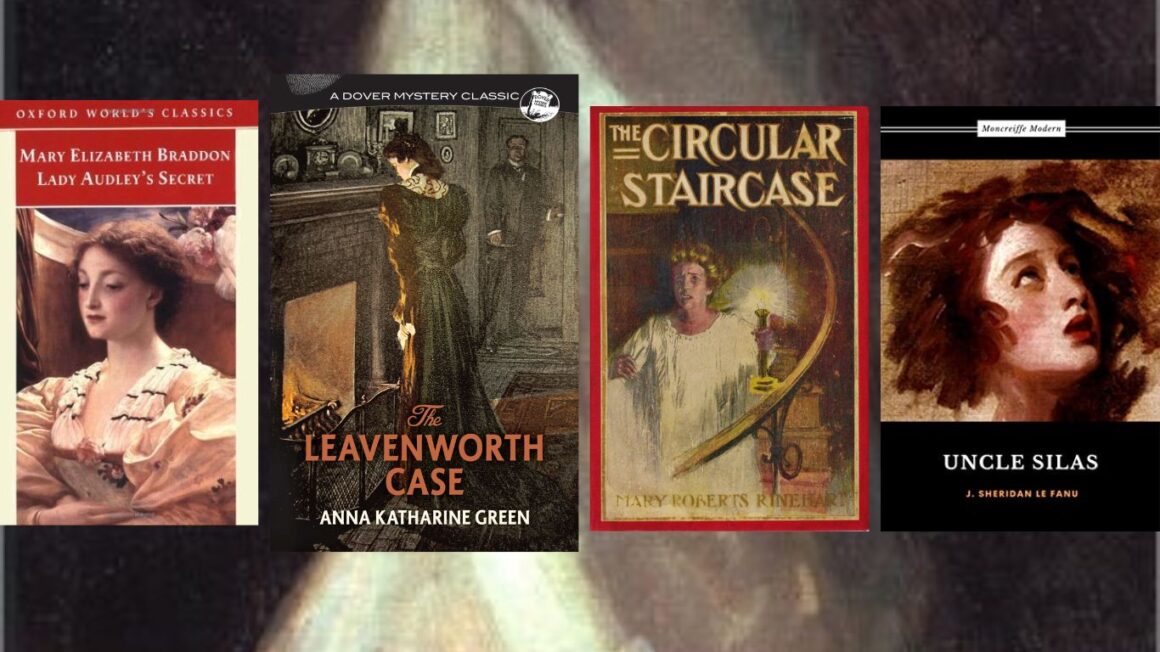The allure of the 19th century was beautifully captured by its literature, particularly the gripping tales of suspense and mystery. These novels took readers into the heart of darkness, unveiling human psyche and often exploring profound philosophical questions along the way. This was the era of Doyle’s sleuthing Sherlock Holmes, Poe’s macabre mysteries, and Collins’s enthralling whodunits, all leaving a profound imprint on the genre. Journey with us as we delve into the dusty shelves of the past and unveil “The Top 10 mystery novels from 19th century”. These selections have not only stood the test of time but also transformed the landscape of mystery writing, spawning the detective, thriller, and suspense genres that we relish today. Intrigue, betrayal, revenge, and the unexpected await you.
Top 10 Mystery Novels from 19th Century
“The Woman in White” – Wilkie Collins (1860)

Immersed in mystery and suspense, this work by Wilkie Collins masterfully entwines a captivating plot with an exploration of social issues in Victorian England. An assemblage of secrets is laid bare through the multiple narrators’ testimonies, as a spectral apparition instigates an intricate tale of deceit, betrayal, and a contested inheritance. Heralded as a pioneering sensation novel, it charts the trials of heroines and villains alike, challenging societal norms, and redefining perceptions of womanhood. This literary piece, The Woman in White, will keep readers gripped till the very end with its spellbinding narrative and richly drawn characters.
“The Mystery of Edwin Drood” – Charles Dickens (1870)
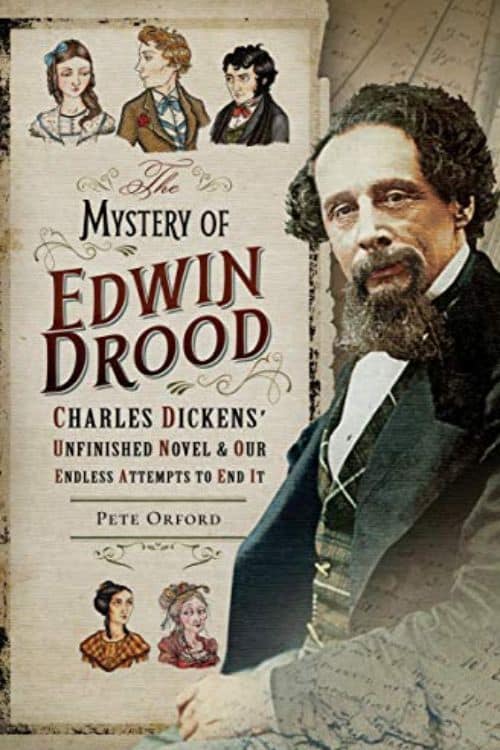
Charles Dickens weaves an engrossing tale of suspense and mystery. When the titular character vanishes without a trace, the shadow of suspicion falls over an unlikely ensemble. As a captivating mix of idyllic life and dark undercurrents, the story takes an unexpected turn into the realms of the unexplained. Dickens’ last and unfinished novel, The Mystery of Edwin Drood, brings forth a suspenseful narrative of love, jealousy, and crime, leaving readers on a tantalising cliffhanger that has intrigued the literary world for generations.
“The Moonstone” – Wilkie Collins (1868)

The tale unfurls around a radiant gem of mystical origins, pilfered from a sacred Hindu shrine and bequeathed to a young Englishwoman. In the aftermath of the jewel’s disappearance, an assortment of compelling characters, each with their own version of events, shape a riveting plot infused with mystery, crime, and suspense. Considered the prototype of the English detective novel, this work exhibits an artful interplay of perspectives, rendering an intricate narrative puzzle. The Moonstone ingeniously blurs the lines between law, morality, and colonial expropriation, providing readers an immersive literary experience.
“A Study in Scarlet” – Arthur Conan Doyle (1887)

Arthur Conan Doyle introduces an iconic duo: the astute Sherlock Holmes and his loyal friend, Dr. John Watson. In the gloom of Victorian London, the pair tackles their first case involving a bizarre murder, leaving Scotland Yard flummoxed. Holmes’ razor-sharp intellect and meticulous methods pave the way to unveil the labyrinthine plot that extends far beyond the city’s grimy streets, taking readers on an unexpected journey. A Study in Scarlet sets the stage for the genre-defining Sherlock Holmes series, enthralling readers with its captivating narrative.
“Uncle Silas” by J. Sheridan Le Fanu (1864)

Engulfed in a chilling atmosphere of Gothic suspense, J. Sheridan Le Fanu’s creation delves into the life of a young heiress, orphaned and entrusted to the care of her mysterious Uncle Silas. His isolated mansion becomes the stage for nightmarish experiences and horrifying revelations. The tale weaves around themes of insanity, deceit, and fear, employing an eerily beautiful narrative imbued with psychological horror. A trailblazer in the Gothic horror genre, Uncle Silas challenges the boundaries of reality and illusion, ensnaring readers in its unsettling and enigmatic plot, leaving them questioning the true nature of innocence and evil.
“The Notting Hill Mystery” – Charles Felix (1865)

Charles Felix’s groundbreaking novel takes readers through the maze of an unusual investigation. As the pioneering detective Ralph Henderson delves into a series of baffling incidents surrounding a sinister baronet and his wife’s unexplained death, a chilling tale of manipulation, hypnotism, and poison unfurls. Employing an inventive structure of evidence-based narrative, this trailblazer of detective fiction introduces readers to the profound depths of human complexity. The Notting Hill Mystery, with its compelling plot and vivid characters, stands as an early beacon in the evolution of the mystery genre.
“The Circular Staircase” – Mary Roberts Rinehart (1908)

Mary Roberts Rinehart invites readers into a labyrinth of suspicion and dread in a lonely summer country house. Our narrator, a strong-willed spinster, finds herself embroiled in a web of theft, mysterious disappearances, and murder, that all strangely relate to the eponymous circular staircase. This pioneering novel propels the ‘Had I But Known’ school of mystery writing, where suspense is built around the protagonist’s regretful ignorance of impending disaster. The Circular Staircase, brimming with atmospheric tension and complex characters, immerses readers into a riveting exploration of whodunit.
“The Murders in the Rue Morgue” – Edgar Allan Poe (1841)
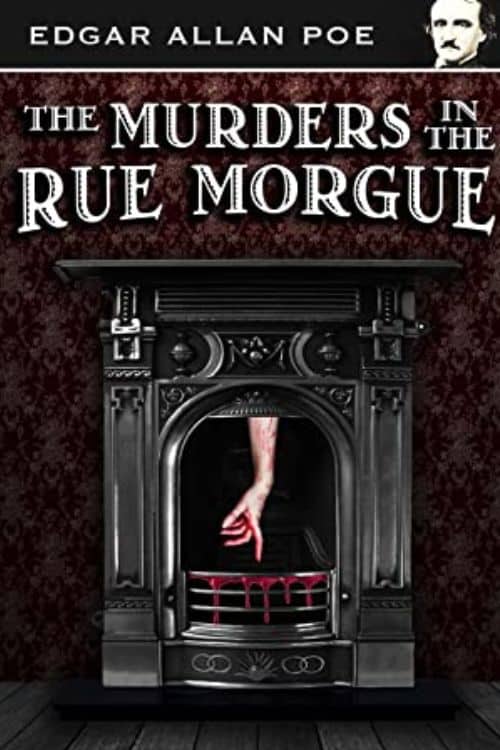
Within the eerie silence of a Parisian neighborhood, a gruesome double murder unfolds, leaving the city in the grip of fear and bafflement. Enter C. Auguste Dupin, a man of extraordinary intellectual prowess, who uses ingenious methods to probe into what seems beyond comprehension. Edgar Allan Poe’s tale, widely recognized as the first modern detective story, showcases Dupin’s pioneering application of rational deduction and psychological insight. The Murders in the Rue Morgue thus marks a milestone in crime fiction, engaging readers with its dark atmospheric charm, intricate mystery, and the profound depth of human intellect.
“Lady Audley’s Secret” – Mary Elizabeth Braddon (1862)
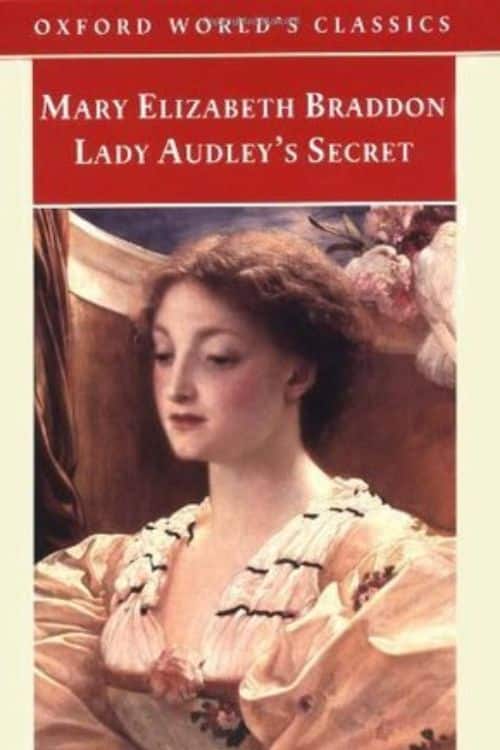
Mary Elizabeth Braddon constructs a thrilling narrative centered around the beautiful, enigmatic Lady Audley. When her past starts to unravel under the investigation of her husband’s nephew, an intricate story of bigamy, arson, and possible murder emerges. Juxtaposing the tranquil domesticity of Audley Court with its mistress’s mysterious past, Braddon uncovers the darker side of Victorian femininity. Lady Audley’s Secret, with its unique blend of psychological realism and melodrama, captivates readers, challenging the notions of the domestic ideal and the boundaries of respectable society.
“The Leavenworth Case” – Anna Katharine Green (1878)
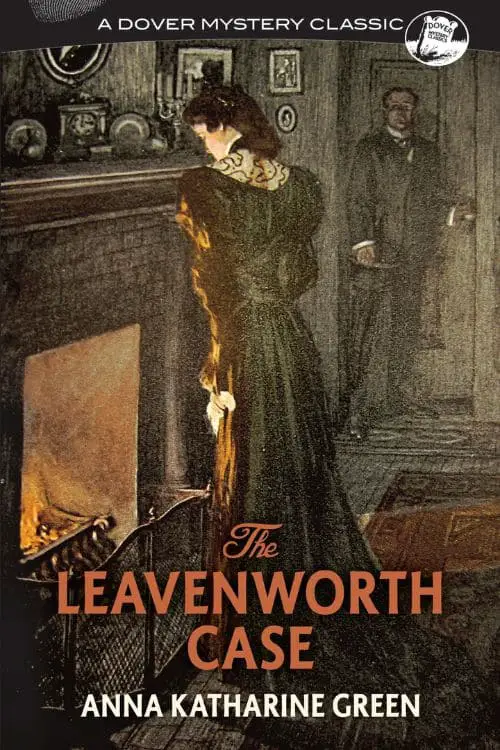
At the heart of a luxurious New York mansion, a wealthy merchant is found brutally murdered, giving birth to an enigma that transcends conventional truths. Anna Katharine Green’s trailblazing work introduces the young detective Ebenezer Gryce who, assisted by the clever amateur, Mr. Raymond, embarks on a quest to unravel a complex knot of familial loyalty, greed, and deceit. As one of the first detective novels written by a woman, The Leavenworth Case, with its skillful plotting, incisive character development, and suspenseful atmosphere, heralds a new age in the realm of crime fiction, setting a standard for future generations.
Also Read: 10 Most Expensive Books on Amazon
